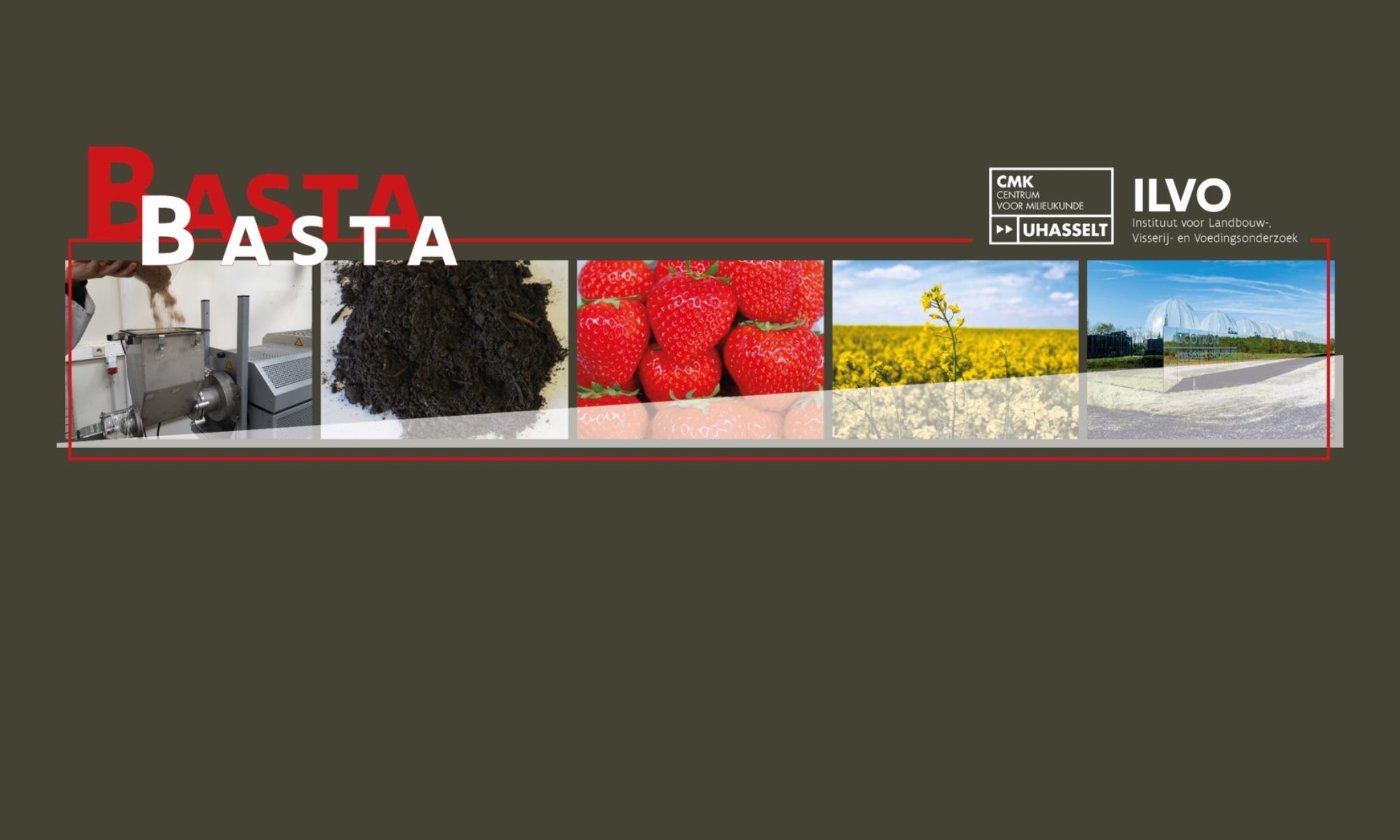INTRODUCTION
Although biochar science is advancing, studies investigating the application of biochar are often inconclusive and contradictory. This project is called BASTA because it aims to tackle these inconsistencies and provide a wellfounded basis for further biochar research. We aim at gaining knowledge on the use of input materials and production parameters, both affecting biochar characteristics, which are further addressed in sustainable applications with market potential.
PROJECT OBJECTIVES
We envisage biochar production from organic residues resulting in an economically valuable and sustainable end-product for applications in manure and biomass processing, growing media, and open-fields. Selection of biochar types is based on the following criteria:
- Biochar production: optimisation of the pyrolysis parameters, pre- and post-operations in a sustainable and energy-efficient way.
- Manure and biomass processing: reduction in greenhouse gas and ammonia emissions and increased process efficiency.
- Growing media: reduced use of chemical crop protection products and increased disease suppression, reduced nutrient losses, increased water-holding capacity and peat replacement.
- Open-field cultivation: reduced leaching, increased water-holding capacity and sustainability in future climates.
OUTPUT
Based on multidisciplinary data (chemical, biological, economic and legal), a user-friendly policy and business support tool is created to assist stakeholders to make intelligent matches between input material(s), production parameters and biochar applications.
IMPACT
The tool generated by BASTA will optimise the positive environmental effects and the valorisation potential of biochar: data related to the life cycle and full value chain are merged to identify biochar production and application pathways that are both profitable from a company’s perspective and desirable from a societal perspective.
Interactive workshops will be organised for all beneficiaries (research, industry, policy) where they learn to use this tool in order to identify opportunities and bring stakeholders together to form new economic value chains and potential follow-up trajects.
PARTNERS
The partners in this project are Hasselt University and Flanders Research Institute for agriculture, fisheries and food (ILVO). Stakeholders (research, industry, policy) are a member of the user committee.
FUNDING
This project is funded by the Research Foundation Flanders (FWO).
